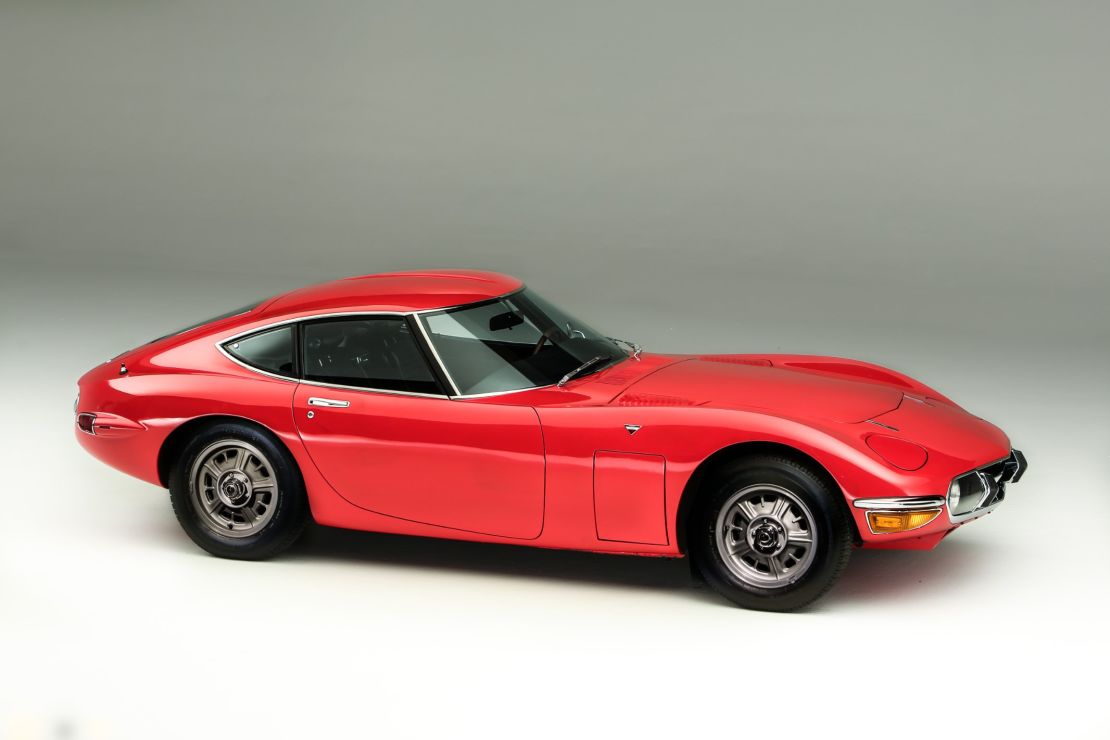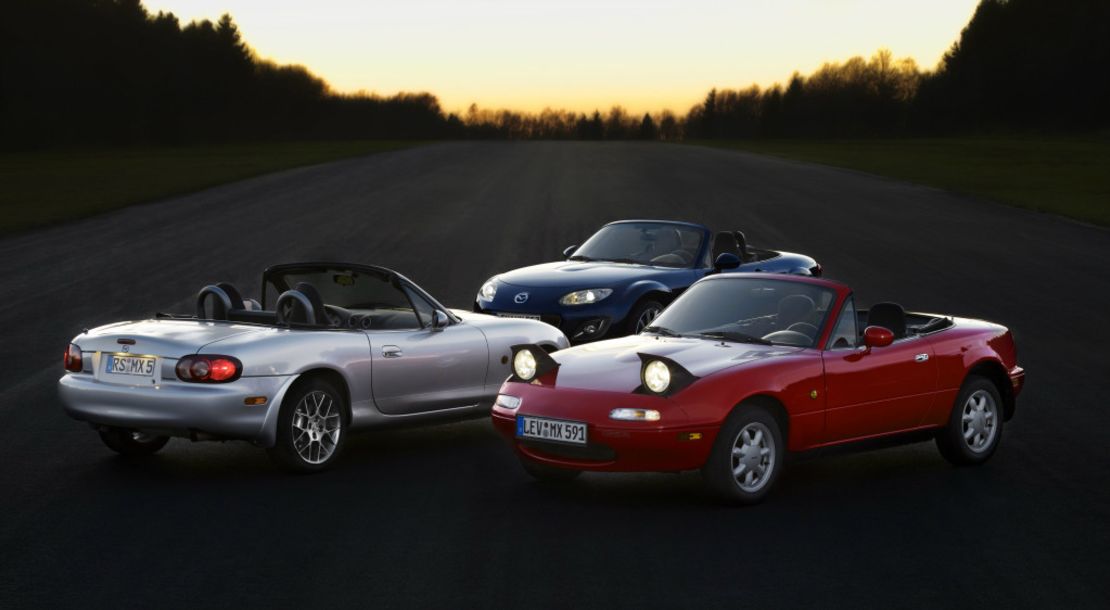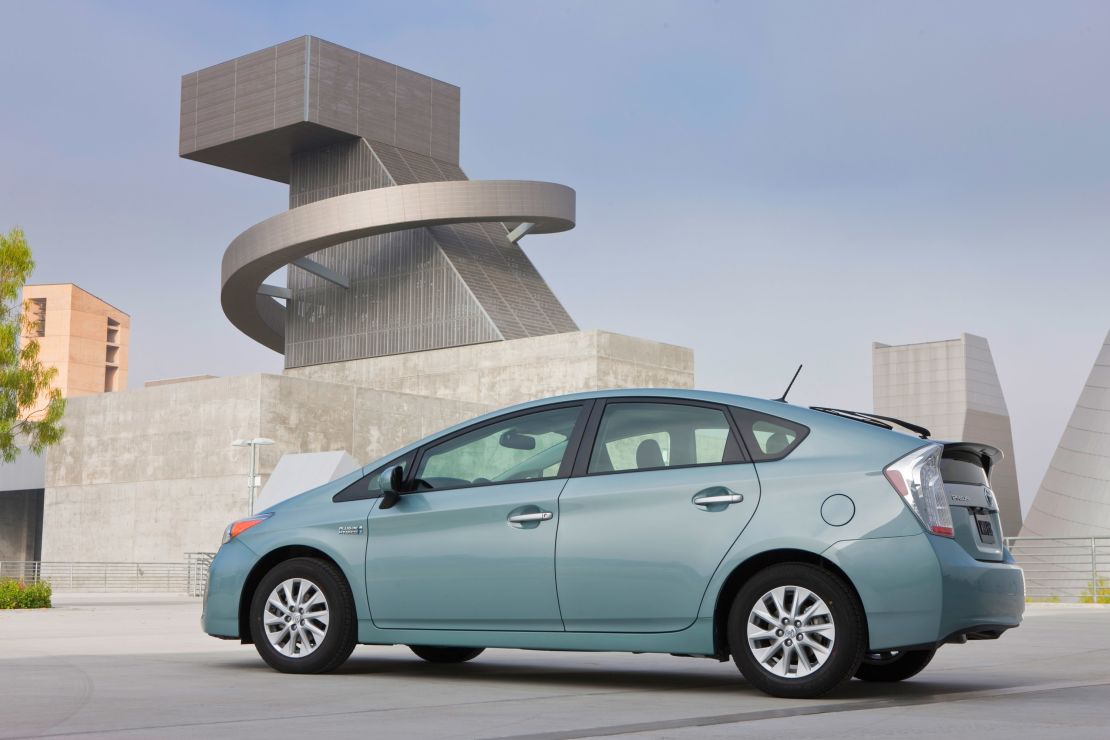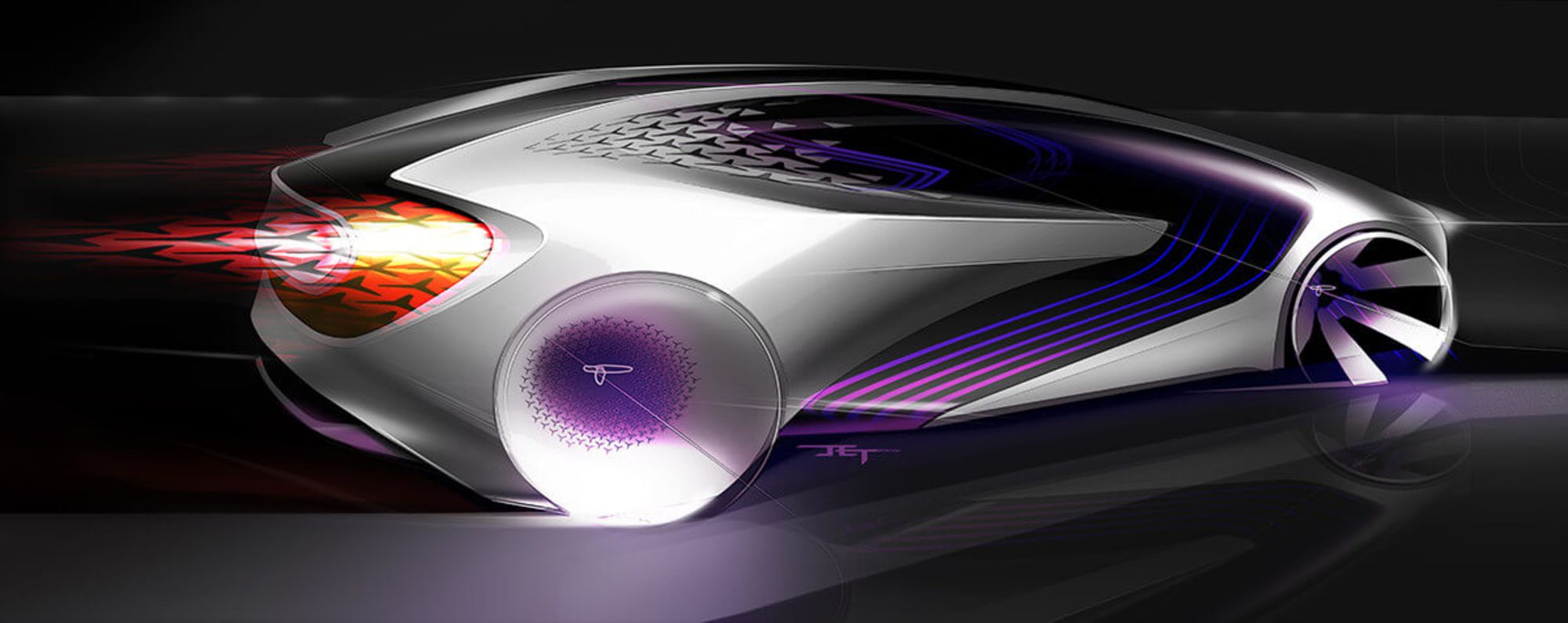Editor’s Note: John McIlroy is Deputy Editor of Auto Express and Carbuyer.
Story highlights
Japanese car manufacturers first made their name with small, functional car design
This niche may leave them well-positioned to satisfy future consumer demand
From the AI-enabled Toyota Concept-i to the forward-thinking Nissan IMx Zero-Emission, the Tokyo Motor show has again thrown up some of the year’s most innovative car designs. As ever, the event offers us our annual chance to marvel at the futuristic – and sometimes downright wacky – designs that Japan’s car industry is now known for.
Is Japan the world's next autos superpower?
But the allure of novelty shouldn’t distract us from a more serious prospect: With automobile design poised to evolve more in the next 20 years than in the previous 50, it is perhaps the Japanese who are best positioned to exploit new demand for connected cars, fuel efficiency and autonomous transport.
Japan’s current status as the world’s third largest producer of cars (behind China and the US) can be traced back to World War II. As the country struggled to recover in the aftermath of conflict, its government encouraged smaller vehicles, called “kei-cars,” with limited engine size and dimensions.
The resulting vehicles – small and unattractive, but functional in the most basic sense – had to fight to win over customers’ hearts. But they may have laid the blueprint for how Japan’s automotive industry can thrive in the future.
Efficiency over emotion
The greatest elements of Japanese design, whether in architecture or consumer electronics, have been defined by functionality and aesthetic flair. But such flair has proven an elusive trait among Japanese vehicles.
This can be blamed, in part, on local legislation. But it may also be the result of Japanese engineers’ unwillingness to look beyond rational functionality. Even so, as Japan’s car manufacturers turned their sights to the West in the 1960s and early 1970s, they realized that the small, dependable, fuel-efficient vehicles they were so good at producing were in high demand.
The smaller, the better?
They also realized that their technology could be adapted for use in slightly larger, though equally efficient cars. The most successful of these creations has been the Toyota Corolla. With combined sales of more than 44 million vehicles, it’s the best-selling car badge of all time.
Honda’s diminutive Civic also deserves a mention. The 11-foot-long tiddler must have seemed miniscule when it arrived in American showrooms in 1973, but its fuel efficiency during that year’s oil crisis established the brand’s credentials in the world’s largest car market.

These vehicles did not succeed through stunning, emotional design. Instead, they made their names by being the epitome of anonymous motoring – as close as cars can get to being white goods. There were exceptions from this era, most notably Toyota’s 2000GT, a dramatically styled coupe made famous by its appearance in the James Bond movie “You Only Live Twice.”
But while the 2000GT’s reputation as the first Japanese car that the rest of the world lusted after has made it a valuable classic, its looks were more impressive than its performance.
Western inspiration
In the decades since these early forays into overseas markets, Japanese designers’ fascination with Western tastes has spawned more thrilling creations. Mazda’s Miata (also known as the MX-5), introduced in 1989, was created as an homage to the lightweight, rear-wheel-drive British sports cars of the 1960s.
Japanese engineers analyzed every bit of what made those vehicles special – how they handled, how the gearshift felt, how the rasp of the exhaust sounded. The end result could have been a cynical, sterile pastiche but the MX-5 has become the best-selling two-seat sports convertible of all time.

By contrast, the Honda NSX was a car designed to harness the potential of the company’s successful return to Formula One as an engine supplier in the 1980s – a supercar to take on established brands like Ferrari and Lamborghini.
Although the model developed with input from Brazilian racing god and triple world champion Ayrton Senna, it earned its legendary status by being a supercar for the masses. That’s not to say an NSX couldn’t be fast, or even a real handful on twisty roads. But everything worked smoothly in an era when its Italian rivals were still notoriously fickle and fragile.
The NSX is now credited as the vehicle that forced the supercar establishment to take a long, hard look at itself. When owners of today’s Ferraris admire the usability and dependability of their vehicles, they have Honda to thank.
Latterly, the Nissan GT-R has maintained Japan’s supercar presence. A supremely capable, tech-laden creation which costs more than $100,000 but has the measure of sports cars costing twice as much.
Environmentally engineered
In the past 20 years, Japan’s love of engineering and willingness to incorporate electronics into automobiles have taken it to the cutting edge of environmental car design. Here they have found a comfortable position, not as emulators but as pioneers.
Honda, for example, created the FCX Clarity, which introduced hydrogen fuel-cell technology and emitted nothing but water from its exhaust pipe. The car went into production in 2008, although customers weren’t able to buy it.
Cannily, Honda only allowed lease deals, ensuring that it would be able to take back every Clarity ever made in order to learn from its condition after everyday use.
The car industry is now in a race to get affordable fuel cells to market, and Honda says a new generation of Clarity will be made available – at mainstream prices – by the end of this decade. But this project cannot compete with the Japanese car industry’s biggest success story of all – the Toyota Prius.

This hybrid brought the concept of a petrol engine with electric power to the masses, making it affordable and reliable, with a huge warranty to boot.
While even Toyota would admit that the car is hardly a thrilling, involving drive, it has become so synonymous with the technology that, for many people, ‘Prius’ now means ‘hybrid.’
More recently, the Nissan Leaf has taken the technology a step further than the Prius by removing emissions altogether and becoming the world’s best-selling pure-electric vehicle. It hasn’t quite achieved Prius-level synonymy, but it is further evidence of how comfortable the Japanese are with this type of technology.
It’s also another reason why it would be no surprise if the country that put electronics into millions of houses worldwide is also, in time, the source of the electric cars in their driveways.























